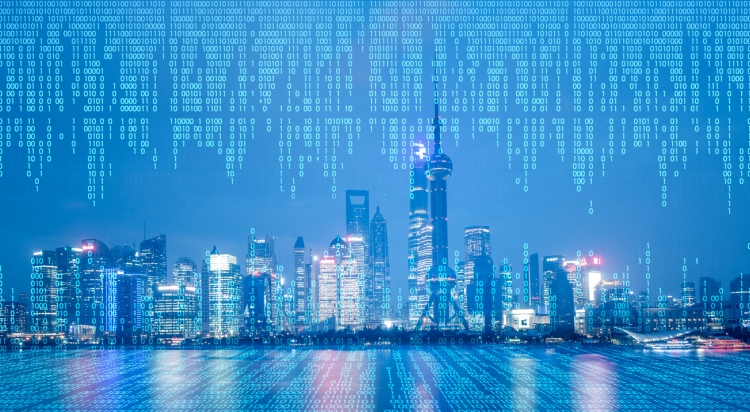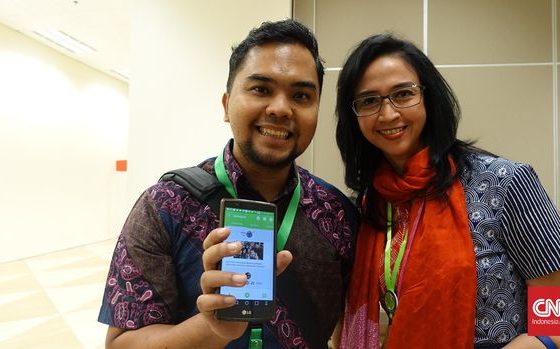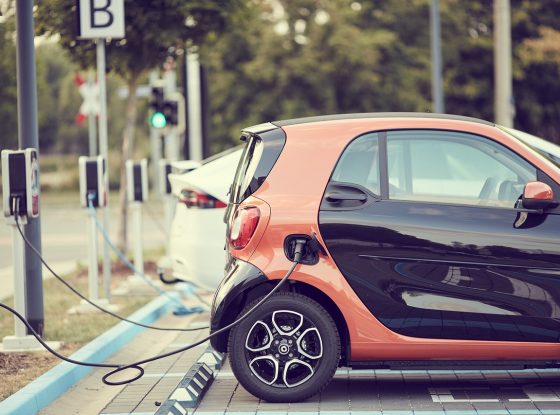How AI, VR, AR, 5G, and blockchain may converge to power the metaverse

Join gaming leaders, alongside GamesBeat and Facebook Gaming, for their 2nd Annual GamesBeat & Facebook Gaming Summit | GamesBeat: Into the Metaverse 2 this upcoming January 25-27, 2022.
Emerging technologies including AI, virtual reality (VR), augmented reality (AR), 5G, and blockchain (and related digital currencies) have all progressed on their own merits and timeline. Each has found a degree of application, though clearly AI has progressed the furthest. Each technology is maturing while overcoming challenges ranging from blockchain’s energy consumption to VR’s propensity for inducing nausea. They will likely converge in readiness over the next several years, underpinned by the now ubiquitous cloud computing for elasticity and scale. And in that convergence, the sum will be far greater than the parts. The catalyst for this convergence will be the metaverse — a connected network of always-on 3D virtual worlds.
The metaverse concept has wide-sweeping potential. On one level, it could be a 3D social media channel with messaging targeted perfectly to every user by AI. That’s the Meta (previously Facebook) vision. It also has the potential to be an all-encompassing platform for information, entertainment, and work.
There will be multiple metaverses, at least initially, with some tailored to specific interests such as gaming or sports. The key distinction between current technology and the metaverse is the immersive possibilities the metaverse offers, which is why Meta, Microsoft, Nvidia, and others are investing so heavily in it. It may also become the next version of the Internet.
Instead of watching the news, you could feel as if you are in the news. Instead of learning history by reading about an event in a book – such as Washington crossing the Delaware – you could virtually witness the event from the shore or from a boat. Instead of watching a basketball game on television, you could experience it in 360-surround. People could attend a conference virtually, watch the keynotes, and meet with others. In the metaverse, our digital presence will increasingly supplement our real one. According to Meta CEO Mark Zuckerberg, the metaverse could be the next best thing to a working teleportation device.

Source : venturebeat.com
Caption: Thanks to Time magazine, it is possible to experience the attack on Pearl Harbor through VR
As described by Monica White in Digital Trends, “The metaverse is meant to replace, or improve, real-life functionality in a virtual space. Things that users do in their day-to-day life, such as attending classes or going to work, can all be done in the metaverse instead.” For example, the metaverse could offer an entirely new 3D platform for ecommerce. Imagine a virtual reality shopping experience, virtually walking the aisles of a megastore stocked by a multitude of platform partner companies tailored specifically for you, where promotional messages are designed with only you in mind, and the only items displayed are the ones in stock and available to ship. In this store, on sale items are selected based on your tastes and expected needs, and value-based pricing is dynamically updated in real-time, based either on the age of the product (if a perishable item), supply and demand, or both.
First there was Second Life
While the metaverse feels fresh and futuristic, we’ve been here before. In addition to early visionaries Neal Stephenson and William Gibson, who described the metaverse in fiction, a very real metaverse was created in 2003. It was known as Second Life, and millions of people rushed to the platform to experience an alternate digital universe replete with avatars. NBC described Second Life as an “online virtual world where avatars do the kind of stuff real people do in real life: Buy stuff. Sell stuff. Gamble. Listen to music. Buy property. Flirt. Play games. Watch movies. Have sex.” Harvard University even taught online classes within Second Life. Second Life was so successful that it was the subject of a 2006 cover story in BusinessWeek.

Source : venturebeat.com
Caption: Second Life makes the cover of BusinessWeek in May 2006.
However, Second Life’s popularity dropped soon after. As described in a 2007 Computerworld article, the experience suffered due to a “poor UI, robust technical requirements, a steep learning curve, an inability to scale, and numerous distractions.” And then Facebook came along and offered a more compelling experience.
In 2007, there was no VR, AR, 5G, blockchain or digital currency. Cloud computing was in its infancy, and the mobile internet was still emerging as the first iPhone had just been introduced. Further, AI still had limited impact, since the deep learning boom was still a few years away. Perhaps that is why Meta is now enamored with the idea of the metaverse as it seeks to combine the most compelling (and consumer-tested) elements of Facebook and Second Life, based on an entirely new platform powered by the latest technology.
Emerging technologies near ready
Several of the technologies that will enable the metaverse, including virtual and augmented reality and blockchain, have been slow to mature but are approaching a level of capability that is critical for success. Each has been missing the killer app that will drive development and widespread adoption forward. The metaverse could be that app.
For VR, most headsets still need to be tethered to a PC or gaming console to achieve the processing power and communication speed required for smooth and immersive experiences. Only Meta’s Oculus Quest 2 has so far broken free of this cable constraint. But even that headset remains bulky, according to one of Meta’s VPs. With ever faster processors and higher speed wireless communications on the near horizon, better visual resolution and untethered experiences should emerge over the next few years.
AR has achieved mostly niche adoption. In part, AR prospects likely suffered due to the high-profile market failure of Google Glass when introduced in 2012. And while Pokemon Go provided a huge lift for the technology in 2016, there has not been a similar phenomenon since. But an important new player is apparently readying to enter the market: Perhaps spurred by the metaverse concept and moves by competitors, Apple is expected to release its first AR/VR headset in late 2022. Apple has a penchant for entering a market well after the first movers have proven viability, then going on to dominate. It is a reasonable conclusion that this is the company’s plan for the metaverse.
Blockchain underlies cryptocurrencies such as bitcoin and would enable virtual goods and identities to be purchased and seamlessly transferred between various metaverse platforms. New blockchain applications such as NFTs are leading to greater adoption, potentially pointing to a new economy. The Wall Street Journal reported that the race is now on to extend this technology to all types of assets, adding that blockchain-based payments are superior to our legacy financial infrastructure. Similarly, the New York Times reported that venture capital funds have invested about $27 billion into crypto and blockchain companies in 2021, more than the previous 10 years combined.
Metaverse prospects
While some brands are already rushing to capitalize on the metaverse fever, the metaverse will likely evolve in fits and starts, with widespread adoption still years away. This is because the needed technologies still have a way to go to optimize their functionality, ease of use, and cost. One semiconductor company has said that a truly immersive metaverse will require a 1,000-times increase in compute efficiency over today’s state-of-the-art processors. While that is a huge increase, the company separately presented at a recent “Architecture Day” that it expects to achieve that goal by 2025.
Whether it takes three years or 10, there is huge momentum behind the metaverse, with seemingly unlimited funding. Even at the current stage of development, Boeing has committed to designing its next-generation aircraft within the metaverse, using digital twins and Microsoft HoloLens headsets.
Kirby Winfield, Founding General Partner of VC firm Ascend, sees the metaverse as “the latest evolution of [an] ongoing shift to an increasingly digital life.” When it arrives in full, that shift will achieve the immersive sci-fi visions of many.
Gary Grossman is the Senior VP of Technology Practice at Edelman and Global Lead of the Edelman AI Center of Excellence.
Source : venturebeat.com



